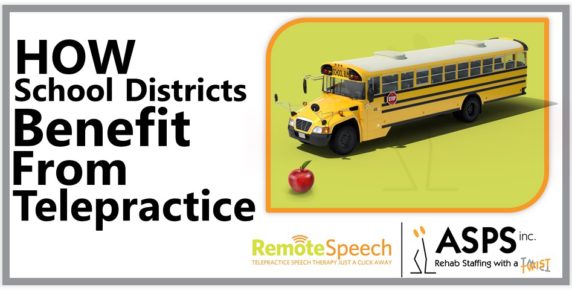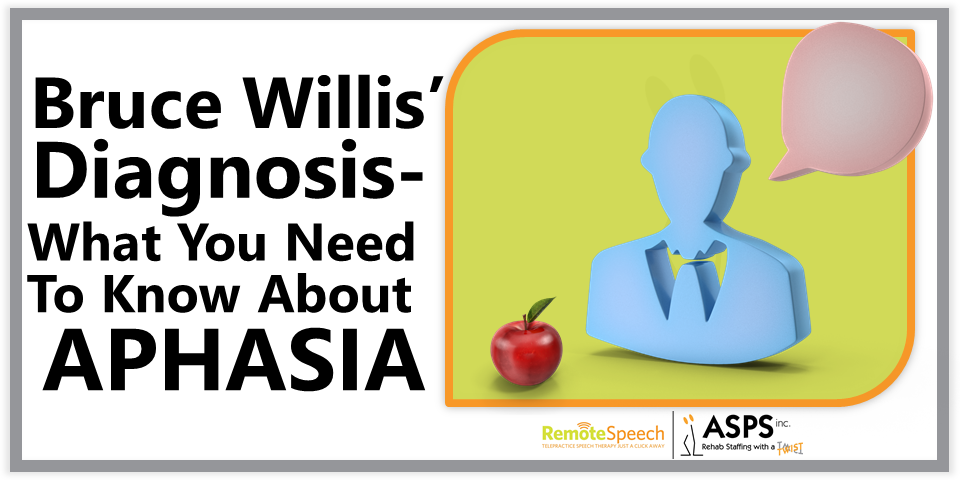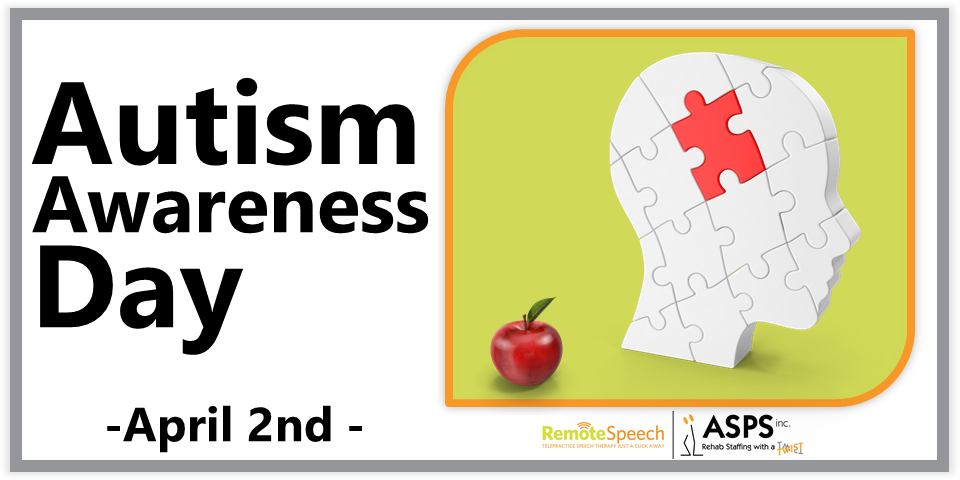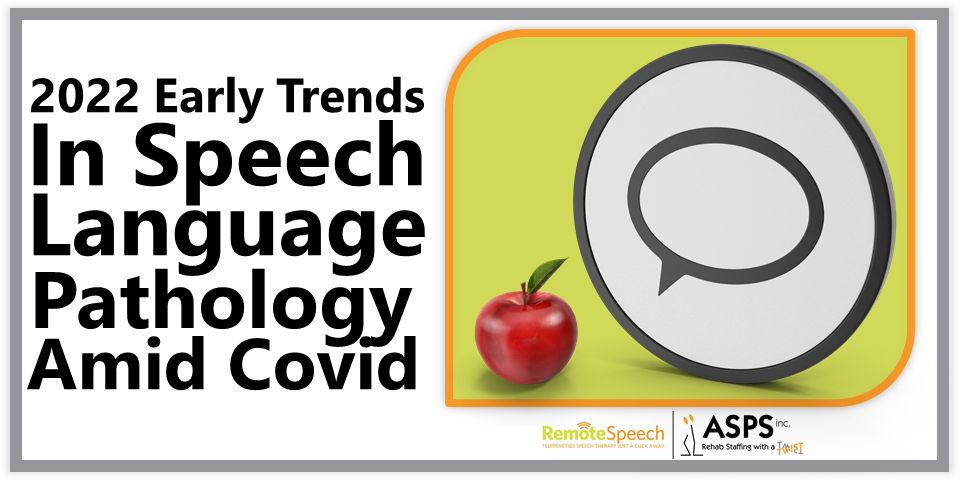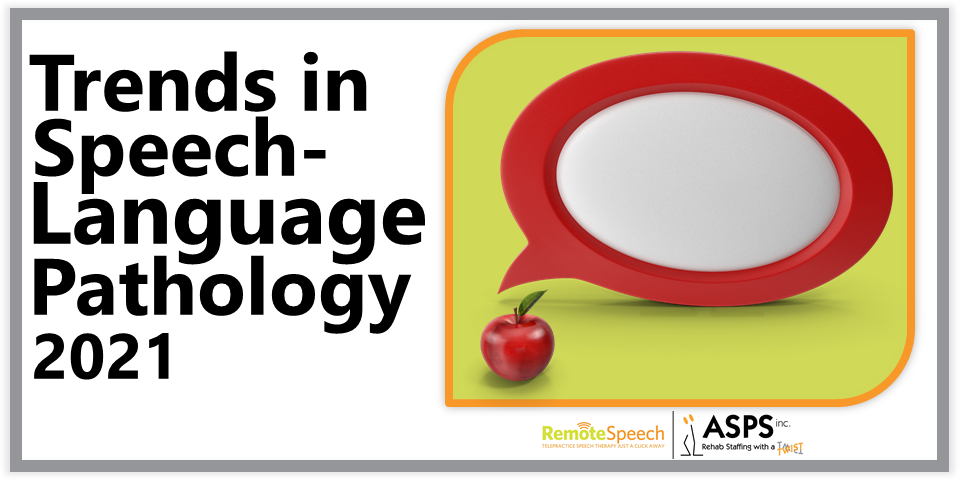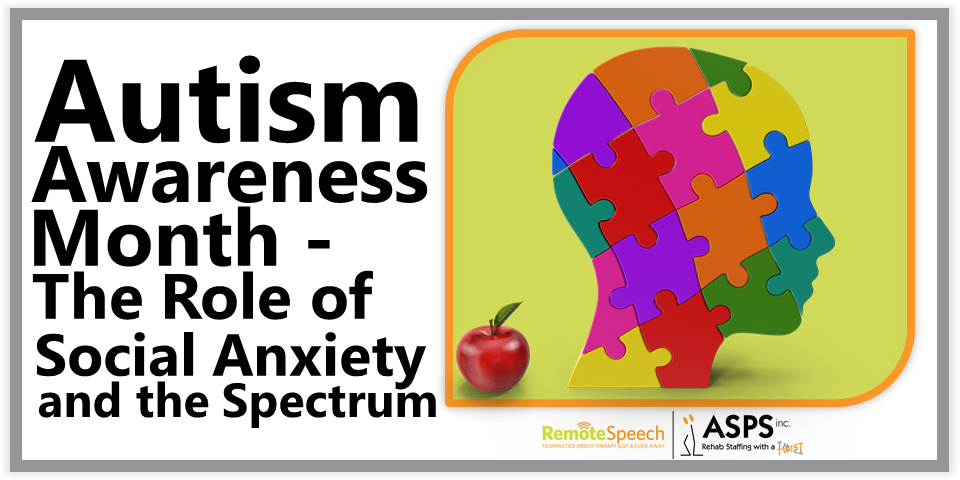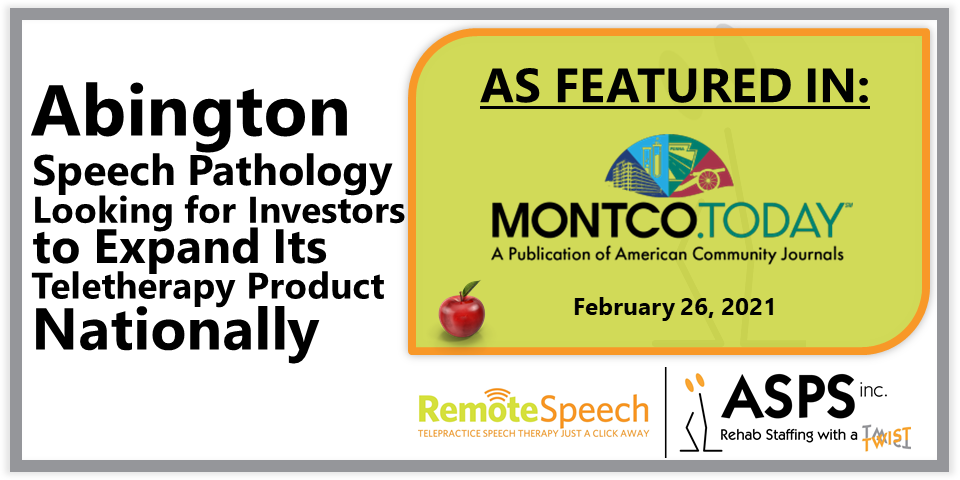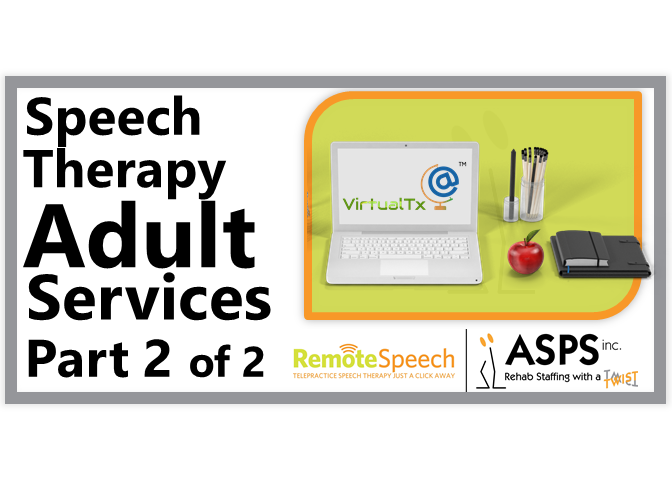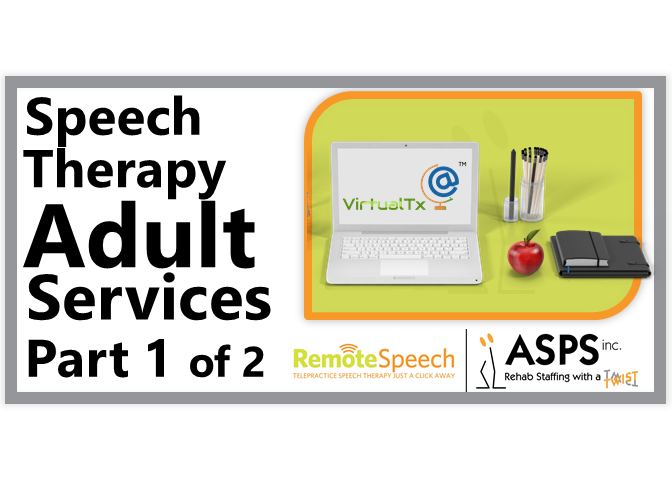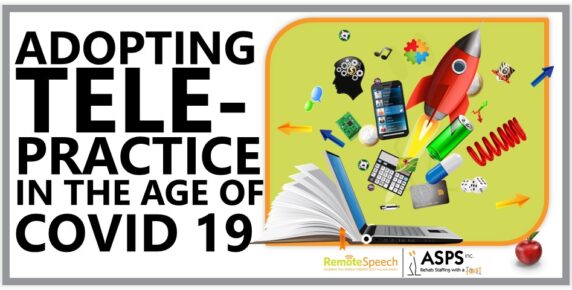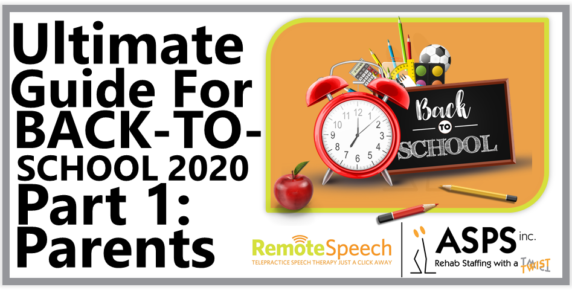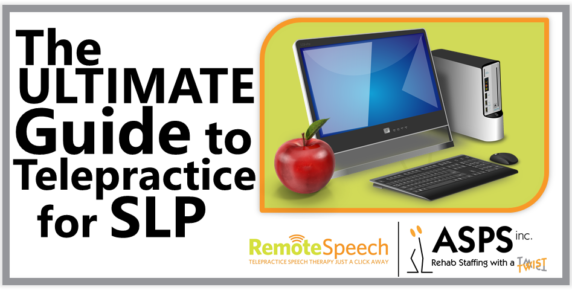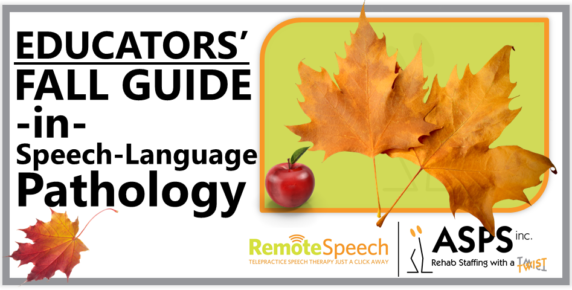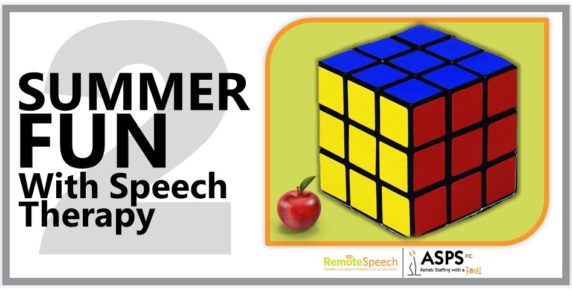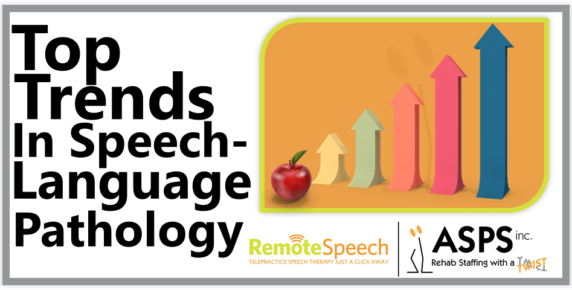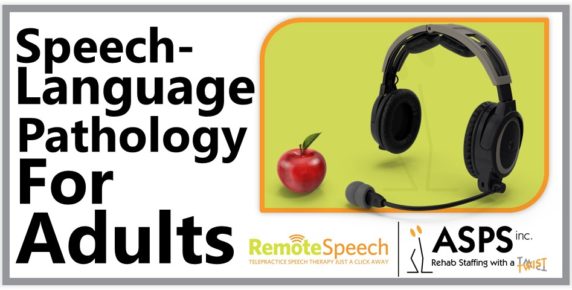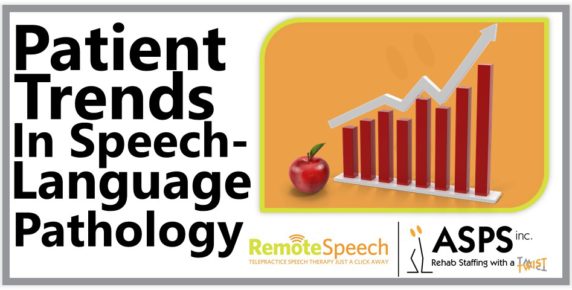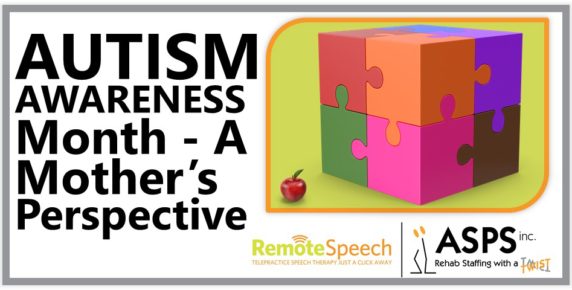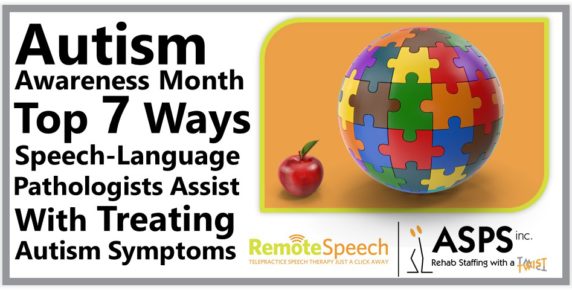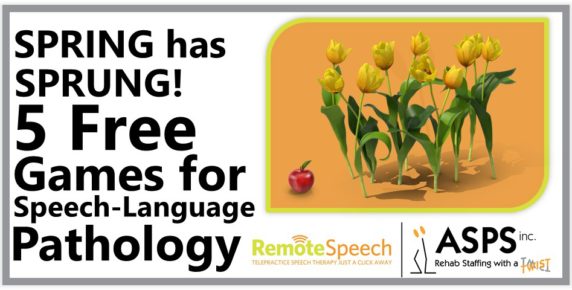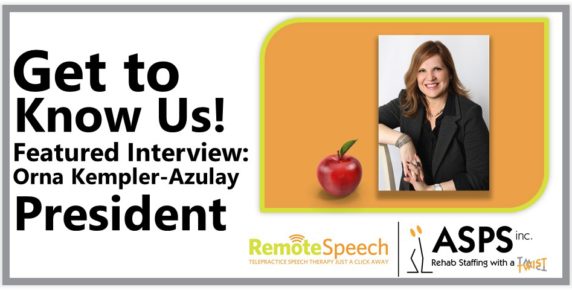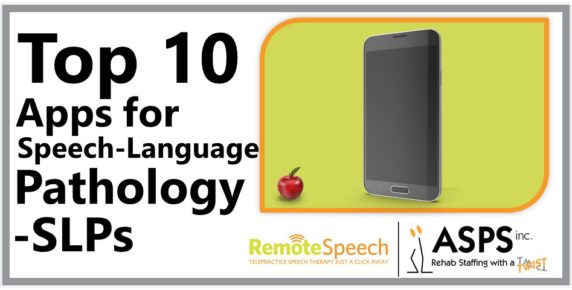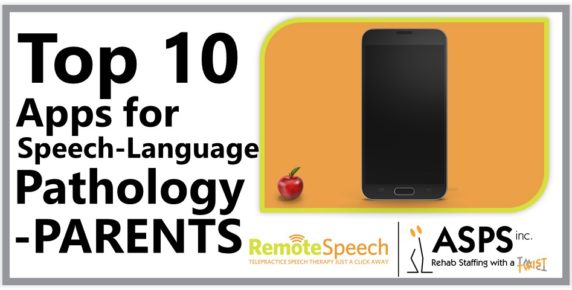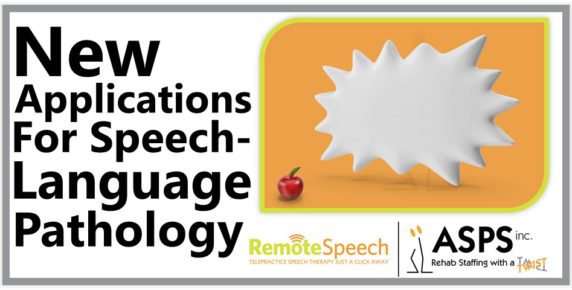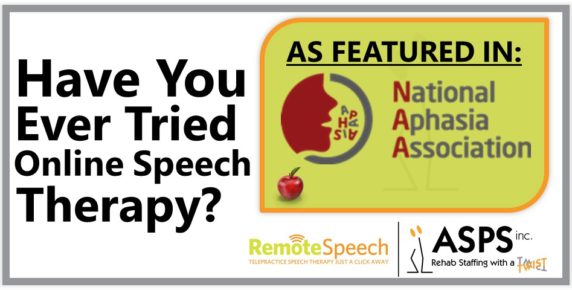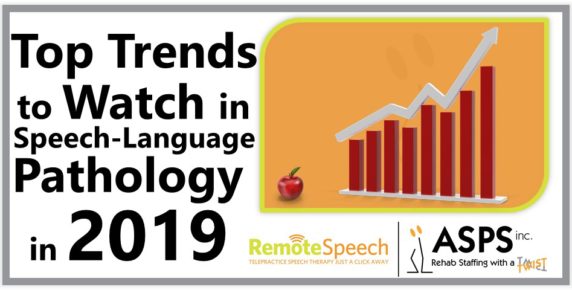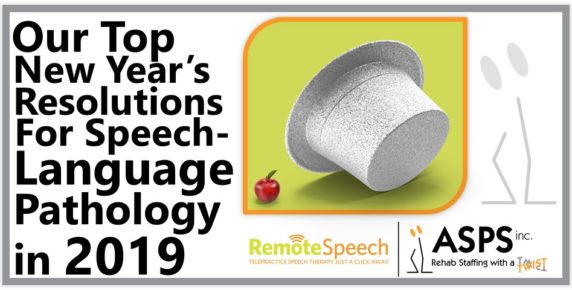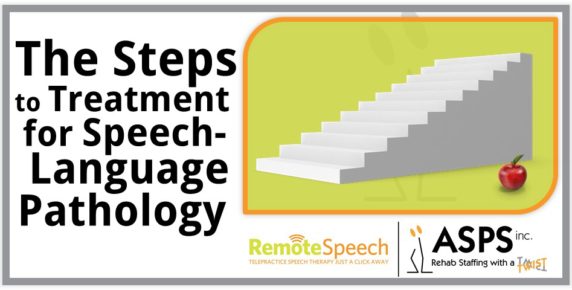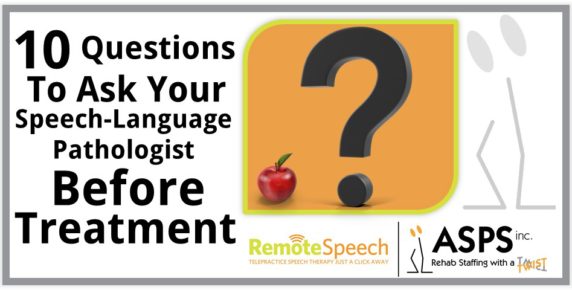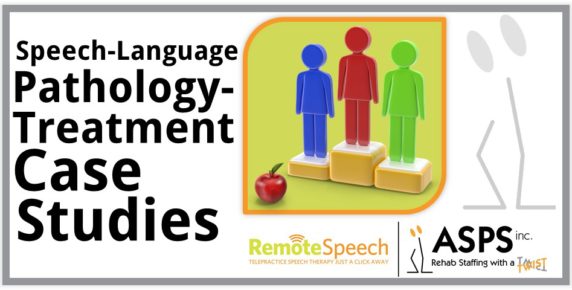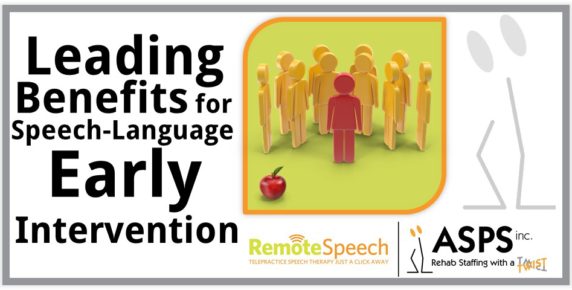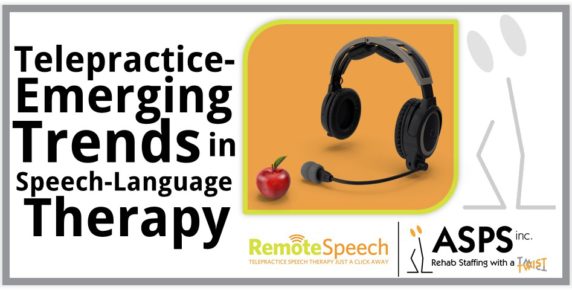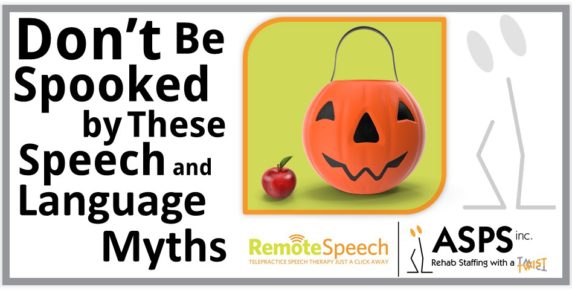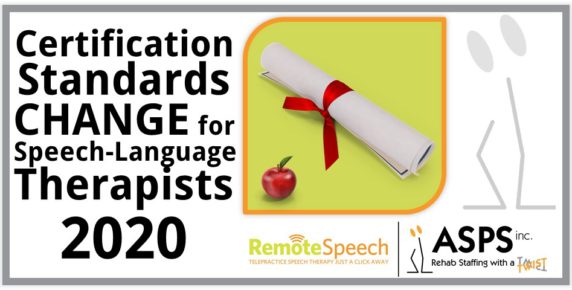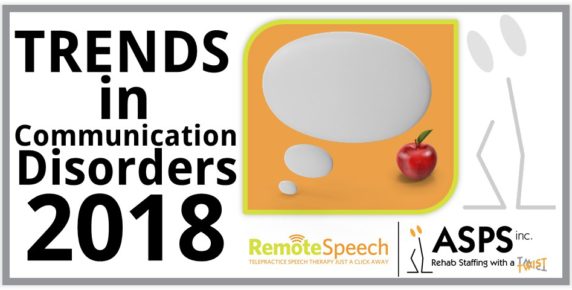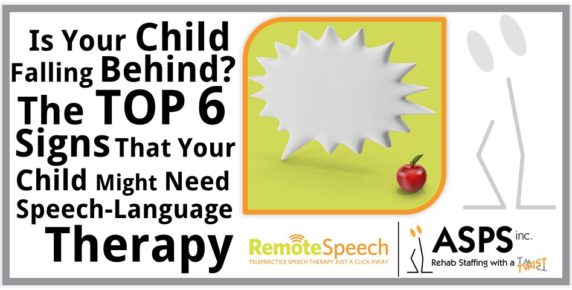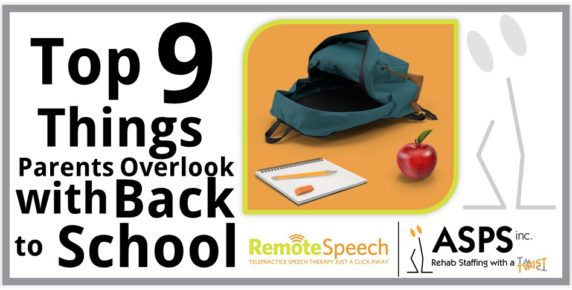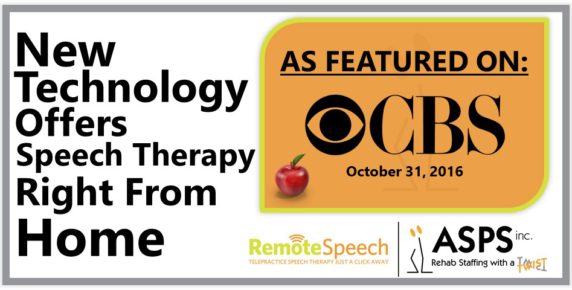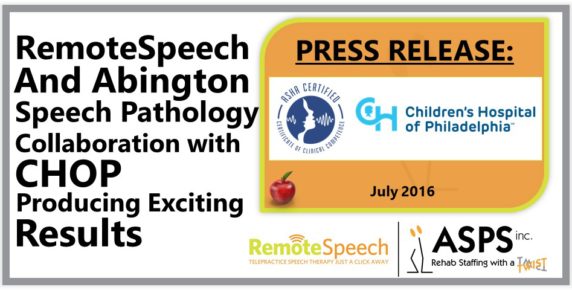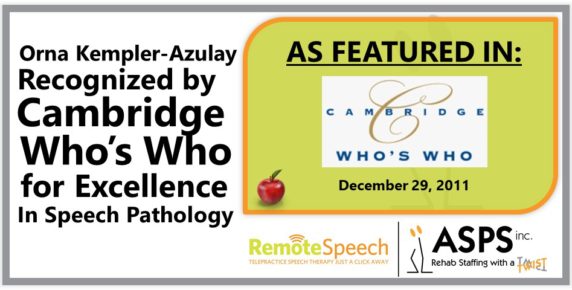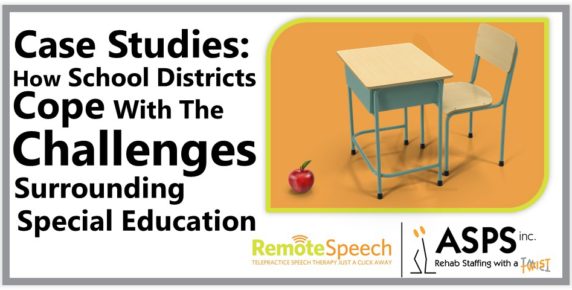
Last month, AbingtonSpeech.com presented an article titled: “Case Studies: How School Districts Cope with Challenges Surrounding Special Education.” In this article, we presented a detailed study of three school districts across the nation, that struggled with challenges relating to their district’s special education needs.
These challenges include:
The Aurora School District – struggled with “hard-to-staff” positions such as nurses, occupational therapists, and speech-language pathologists.
The Hollister School District – struggled to respond to a report that unearthed numerous deficiencies and issues of noncompliance in Hollister’s special education program.
The Oregon Education Association – who were tasked with responding to a report that identified “a crisis of disruptive learning.”
These case studies presented extensive research into common challenges that school districts face across the county. In each case study, action plans were established to resolve the multi-faceted challenges at hand. Solutions range from establishing policies for accountability to hiring new staff (and in some cases, establishing entire departments). While it will be months before we can re-visit these cases to report on the efficacy of their response, we noticed a common theme: all challenges could have been easily solved through teletherapy, or “telepractice.” Below, we have listed the top advantages that a school district can gain by outsourcing their speech pathology needs to telepractice services.
TELEPRACTICE MEETS THE NEEDS OF SCHOOL DISTRICTS.
The American Speech Language Hearing Association (ASHA) notes in its formal definitions of Telepractice, section titled “School Setting Considerations:”
Schools are currently the most common setting in which telepractice services are delivered. This is due to a number of factors, including shortages of clinicians in some school districts, distances between schools in rural areas, and opportunities to offer greater specialization within a district.
Telepractice services may be provided by private contractors with the local education agency or school district, or the services may be provided by audiologists and SLPs employed by the district. Some states allow reimbursement for eligible students covered by Medicaid when services are delivered via telepractice; however, the state’s Medicaid policy and coding guidance should be verified. See ASHA State-by-State for more information.
The effectiveness of telepractice as a service delivery model in the schools is well documented (Gabel, Grogan-Johnson, Alvares, Bechstein, & Taylor, 2013; Grogan-Johnson, Alvares, Rowan, & Creaghead, 2010; Grogan-Johnson et al., 2011; Lewis et al., 2008; McCullough, 2001).
In addition, parents, clients, and clinicians report satisfaction with telepractice as a mode of service delivery (Crutchley & Campbell, 2010; McCullough, 2001; Rose et al., 2000).
TELEPRACTICE IS EFFECTIVE.
Telepractice services, such as those offered by RemoteSpeech.com offer convenience, which is the leading contributor to efficacy. In a recent interview conducted by ASHA titled “Telepractice in Schools: What Works Best?,” participant Cheval Bryant explained:
The main benefit is that we are able to serve students who are not willing or able to attend brick-and-mortar schools for various reasons. Many of these students have disabilities such as autism, anxiety or other mental health disabilities. Telepractice allows us to reach those students where they are…. [Our] board rules require that we evaluate students face to face. The main challenge for us [at the Houston Independent School District, HISD], as a school district serving students across the entire state of Texas, is that we find it difficult to find staff to fulfill the state requirement for a face-to-face evaluation and initial visit. However, we do understand the need for this requirement.
Participant Tracy Sippl adds:
I believe that almost any student can be serviced via teletherapy. Some students take more planning and may require more than one person providing the service, but it can be done. I have only encountered one student during my four-plus years providing teletherapy that I recommended for a different service delivery model because I did not feel that I was able to meet his needs appropriately. This student was diagnosed with all of the following: severe autism, Down syndrome, hearing loss, visual impairment and ADHD [attention-deficit/hyperactivity disorder]. If the student is unable to interact with a computer, they won’t be the ideal candidate for teletherapy. However, there are other ways to provide services without actually using the computer to interact with such a student.
TELEPRACTICE PROVIDES A GREAT EXPERIENCE.
In an article titled “Top 3 Things Every School Should Know About Teletherapy” published by Global Therapy, Telepractice provides a great experience for the students, faculty, and school administration alike. They effectively observe:
- It’s cost-effective.
- It’s fun, interactive, and allows kids to bond and forget about their worries.
- It allows easy assessment and analysis of progress in terms of speech and other social aspects such as ease of interaction.
- It’s a flexible system and can easily be incorporated into any school district.
- It’s convenient for the school, the teletherapists, and the parents since no travel is involved.
- It’s just as effective as face to face speech therapy for the children.
_______________________________________________________________________________________________

